Every work of art that a writer creates or writes actually carries some germ of the writer’s life. Thereby any attempt to say something about a poem or any piece of literature is actually an attempt to say something about one’s own self. Kamala Das, in her autobiography My Story asserts that “. . . a poet’s raw material is not stone or clay; it is her personality.” This assertion confirms the presence of autobiographical elements in Kamala Das’s poem. Following the precedence of the romantic poets, Kamala Das makes her poem an outcry of her personal feelings, experience, and reaction to the situation.
An Introduction: Autobiographical Elements
As the name suggests An Introduction, gives an introduction to Kamala Das not only as a human being but also as a poet. This poem is not merely an autobiographical poem but also a confessional poem. In a confession, a person talks about himself/herself and their deepest and darkest aspects of life. The poem is a kind of bildungsroman where Kamala Das gives a vivid representation of her childhood, her coming of age, her puberty, and her adulthood. Kamala Das gave a detailed picture of her ego and a scatological detail of her existence. She mentions her nationality, her complexion, her place of birth, and her political orientation within a few lines. Then she goes to talk about her linguistic preference where she mentions:
“ . . . I speak three languages, write in
Two, dream in one.”
Like any other poet, she had to struggle with her choice of language, which was English. Here she is one with many poets who faced the same kind of dilemma. This section can be said that drifting away from telling her own story to tell the story of every poet who struggles to write poetry. Again, she talks about the value of individual freedom in writing poetry and comments on the difficult question of nativization of the English language.
Then she continues telling the story of her childhood and how the enlargement of the limbs came to signify mental maturity. She boldly speaks about her pubic hair as another signifier of growth and maturity. Even when she was not mature enough to understand the complex equation of marriage, she was forced into one. Instead of getting love, all she got was marital rape. This creates a wound in her psyche, which alters her personality forever. She holds herself in contempt. She starts hating her womanhood and starts behaving like a man, here to she was restricted by the ever imposing and restrictive society. She was asked to behave like a woman. Very aptly, Kamala Das creates the identity of a woman with such markers as:
“ . . . dress in sarees, be a girl
Be wife, they said. Be embroiderer, be a cook
Be a quarreler with servants . . . “
Here too, we find the poem not to be an autobiography of a single person but all of the rebels who resist the conformative attitude of the conservative society. The choice of names that are offered to Kamala Das makes the poem appear to be more personal. It reflects the phase of identity crisis that everybody and especially a woman, has to face. She recalls all the abuses that have been hurled against her when she tried to be free of the stereotypes. In her search for love, she always went to the wrong person and talks of her bitter experience in lines of her poem. Kamala Das confesses that she used to drink, indulged in an illicit sexual relationship, and felt ashamed at her behavior. Ultimately she realizes it is useless to be somebody, and she settles for an identity of nothing.
What is praiseworthy is that the autobiographical elements in the poem do not remain merely as the raw materials of life. The autobiographical facts in her poem undergo poetic transformation. Some of the autobiographical elements enliven poetic curiosity. We are curious to know whether she really peeped through the windows of other people or whether she really was a nymphomaniac. Moreover, the language that Kamala Das uses suits autobiographical voice well. Even the imagery, tone, style, and syntax combined produce a good poetic effect out of the raw autobiographical details in the poem.
Some online learning platforms provide certifications, while others are designed to simply grow your skills in your personal and professional life. Including Masterclass and Coursera, here are our recommendations for the best online learning platforms you can sign up for today.
The 7 Best Online Learning Platforms of 2022
- Best Overall: Coursera
- Best for Niche Topics: Udemy
- Best for Creative Fields: Skillshare
- Best for Celebrity Lessons: MasterClass
- Best for STEM: EdX
- Best for Career Building: Udacity
- Best for Data Learning: Pluralsight


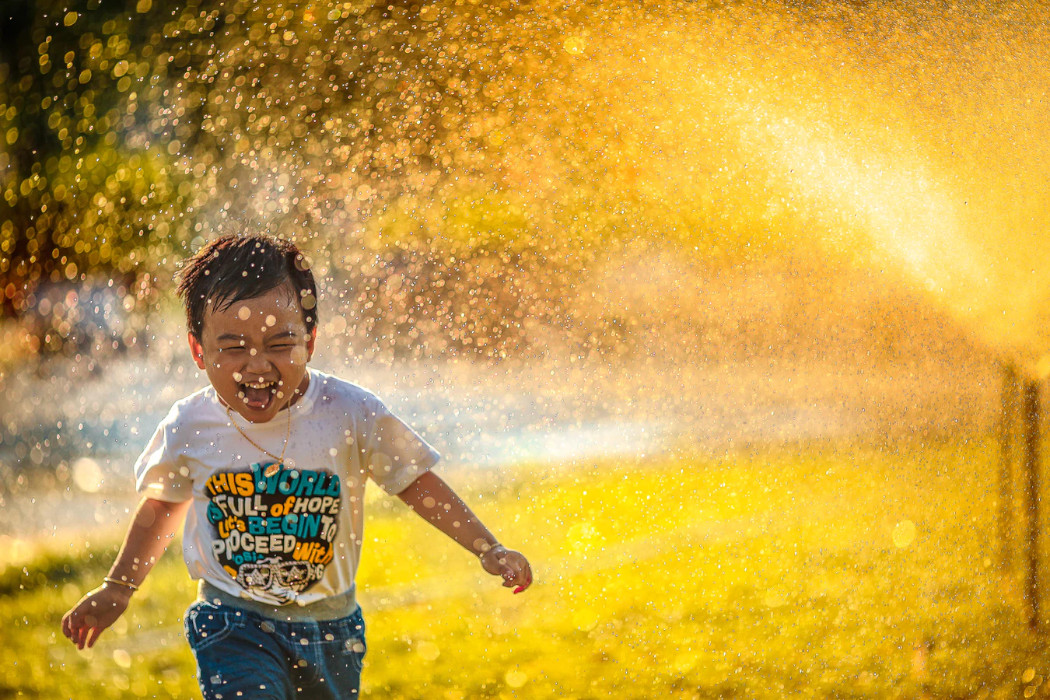

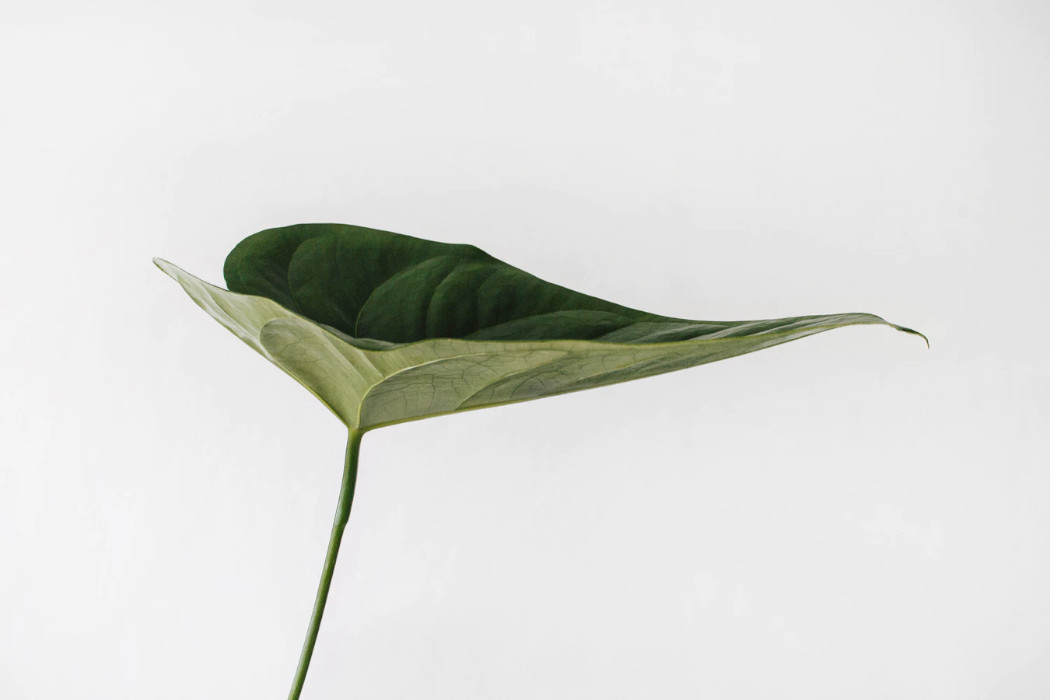
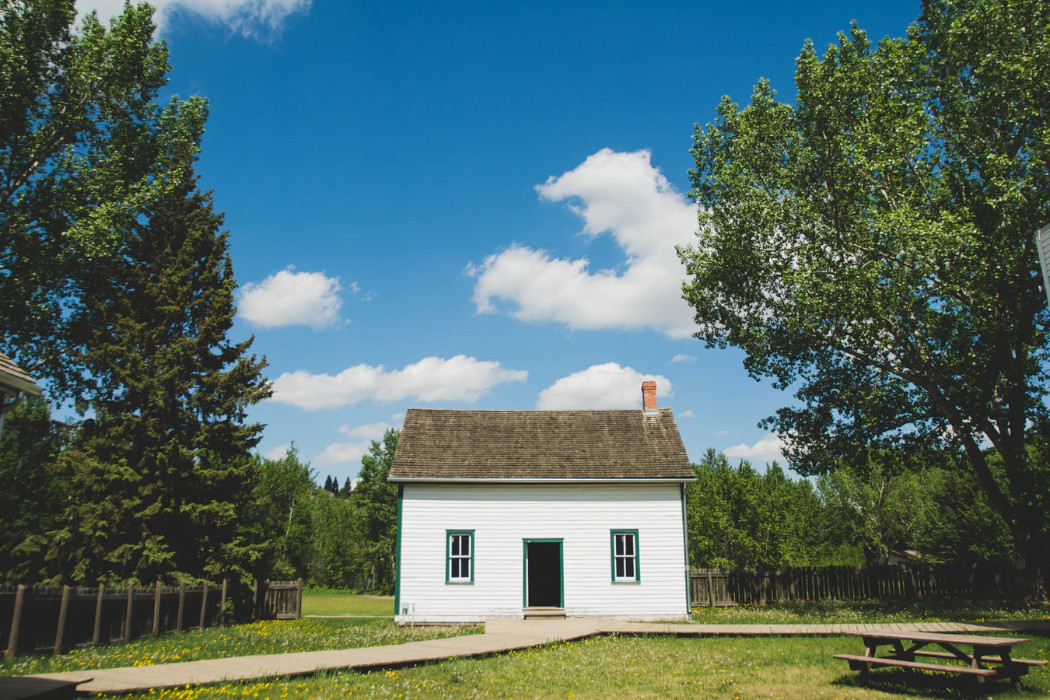
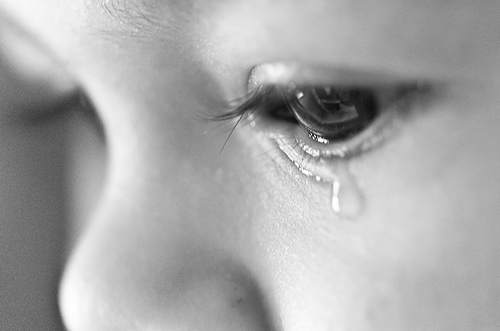

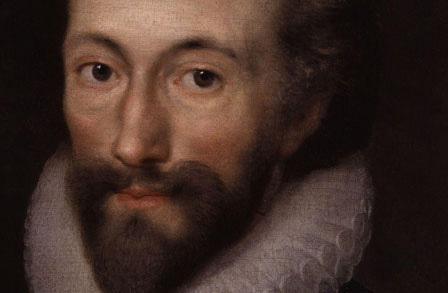
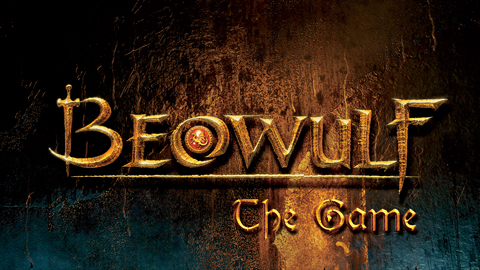

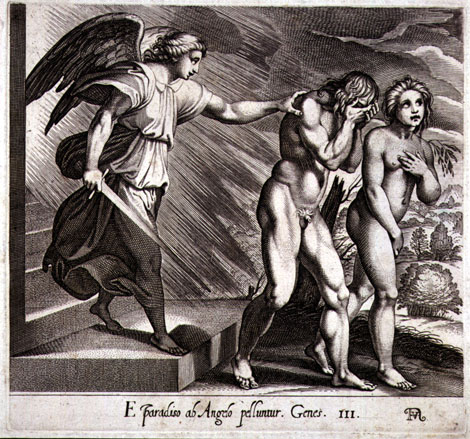





The last lines seem controversial. She does not talk about herself getting involved in illicit relationships, rather she talks about man who does that.
The use of the personal pronoun I is important here and signifies the poetess’ self, though she also hints that all these things are done by the man whom he loves as well.
So nice
I am satisfied to get this answer .